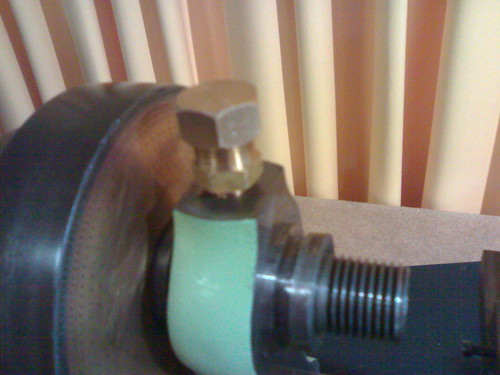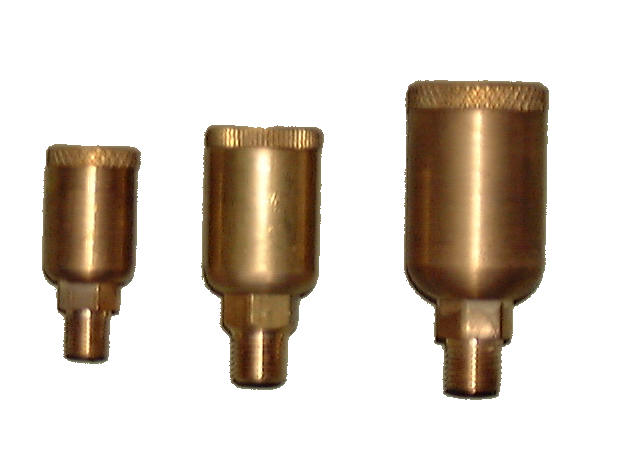irving2008
Aluminum
- Joined
- Apr 12, 2008
- Location
- London, UK
I have been following the threads on here regarding oils etc with interest, which only serves to remind me how much I don't know... so I thought I'd ask the collective expertise here for its opinion/recommendations.
The pics below show the headstock oiling points for my three lathes (Lorch, Relmac, Gamages). The Lorch has what can best be described as a 'grease nipple' in one oiling hole and nothing in the other. The others have nothing fitted.
The question is this: what should be there in each case to support lubrication, and what lubricant would be applicable? (remember I am in the UK so US brand names mean little here, I need the generic products)
The 4th pic shows a nicely maintained Portass S, on which the Gamages is based, which sports brass (?) oil cups. Are these right/typical and, if so, where would I get them (or would I have to fabricate and if so, how best to do so)




The pics below show the headstock oiling points for my three lathes (Lorch, Relmac, Gamages). The Lorch has what can best be described as a 'grease nipple' in one oiling hole and nothing in the other. The others have nothing fitted.
The question is this: what should be there in each case to support lubrication, and what lubricant would be applicable? (remember I am in the UK so US brand names mean little here, I need the generic products)
The 4th pic shows a nicely maintained Portass S, on which the Gamages is based, which sports brass (?) oil cups. Are these right/typical and, if so, where would I get them (or would I have to fabricate and if so, how best to do so)











 .
.
 once I've stripped them down.. done bearing replacements on cars and bikes, but thats been a trip to the shop to buy the right oversized shell for the crankpin etc. I've no idea how to do it from scratch, another new skill to be acquired
once I've stripped them down.. done bearing replacements on cars and bikes, but thats been a trip to the shop to buy the right oversized shell for the crankpin etc. I've no idea how to do it from scratch, another new skill to be acquired 

